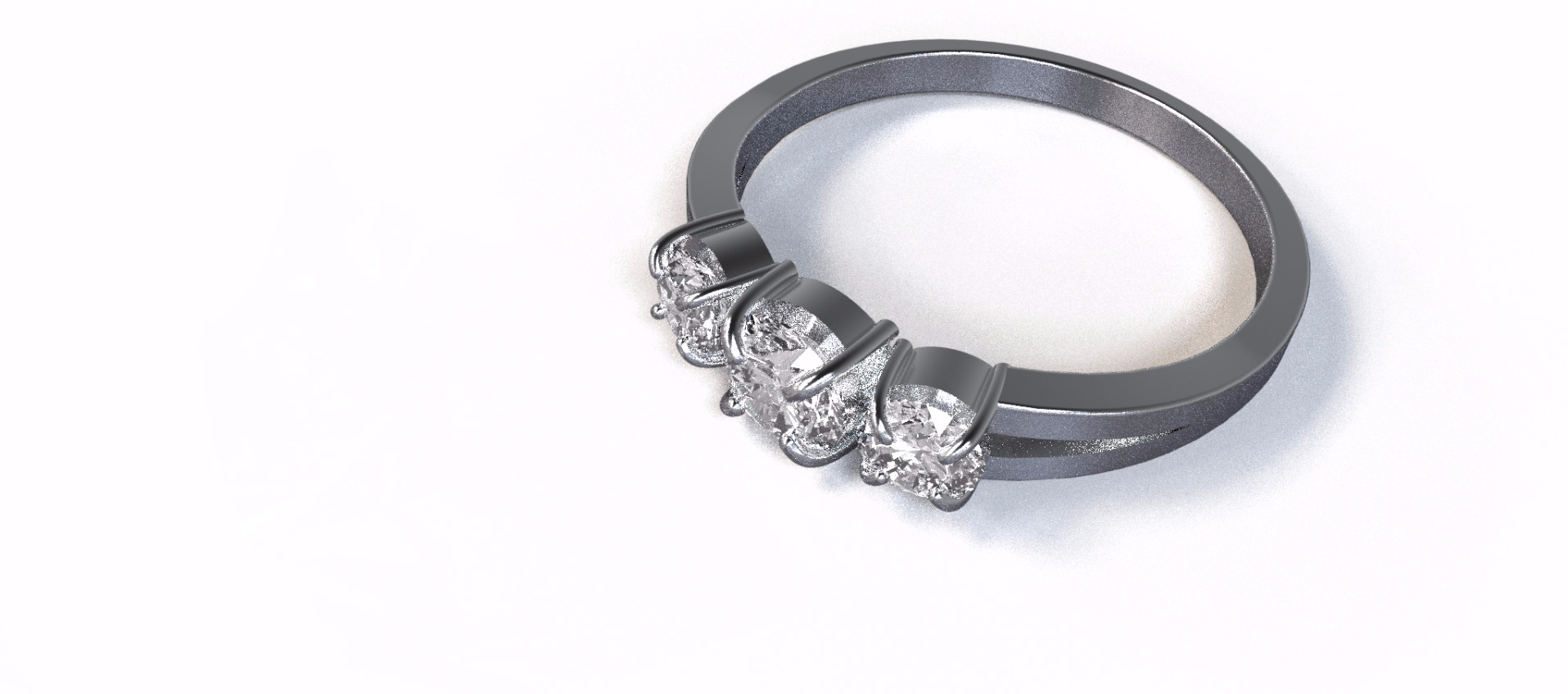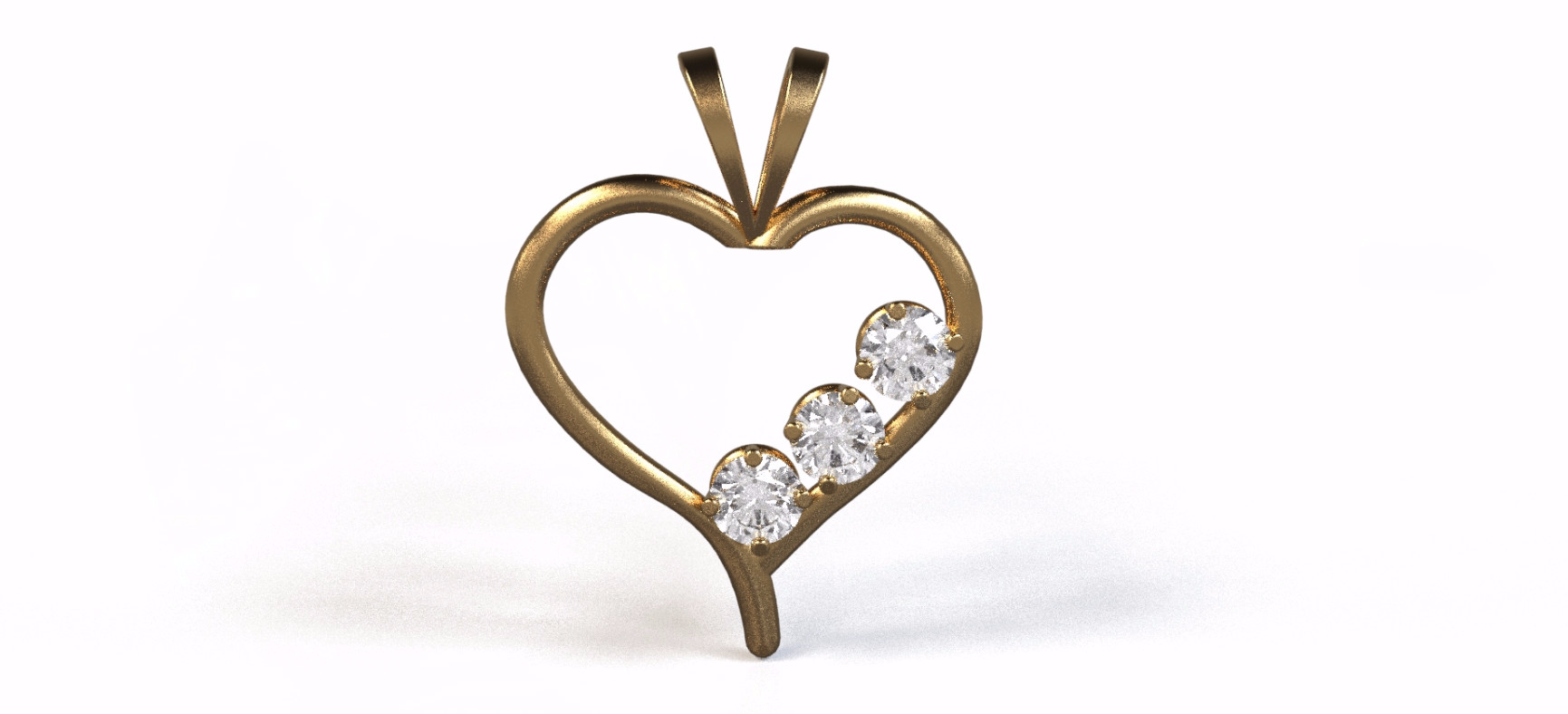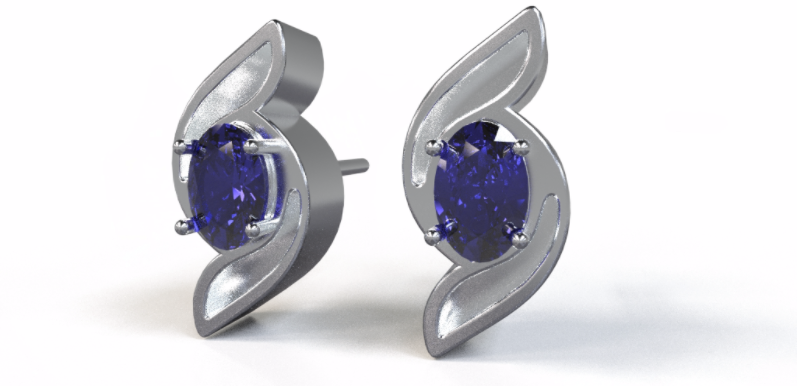What To Look For in Colored Gemstones: A 4C’s Overview

I’m sure that many of you have heard of The Four Cs of Diamonds, but were you aware that they also apply to colored gemstones? The Four Cs: cut, color, clarity, and carat weight, along with rarity, are what determine a colored gemstone’s value. If you love gemstone jewelry, you will want to understand how to apply these to your gemstones when you purchase jewelry. You deserve the highest quality gemstones, and this method of determining gemstones value will ensure you always get the best. Let’s break down The 4 Cs, one by one, and you’ll soon be a gemstone jewelry purchasing expert, before you even realize it.
CUT
The first factor for determining a gemstone's value is cut. Colored gemstones are cut in a way that maximizes their weight, while also exhibiting their optimal brilliance and color. Each individual rough gemstone is analyzed to determine its ideal cut, the cut that will ensure it the greatest value. Colored gemstones are cut in various shapes and styles. There is the traditional Round or Brilliant cut, which accounts for over 75% of gemstones, sold today, and has set the standard for diamond engagement rings. This 58 facet cut is proportioned through a specific formulaic design to achieve maximum brilliance and fire. Then there are ‘fancy cuts’, such as Marquise, Pear, and Baguette,which have become increasingly more popular as people look for new stylish gemstone shapes for their jewelry. And of course, the step cut, which includes the Emerald cut, specifically designed for the magnificent deep green May birthstone, the Emerald.
How can you tell a good cut from a bad one? A well cut colored gemstone maximizes the play of light; the gemstone will come alive with sparkling light dancing though its facets. There should be consistent light refraction throughout the entire colored gemstone, and no areas should appear dull. Correct proportions are critical to get the most sparkle, light reflection, and refraction, within a stone with a good cut. Without the correct proportions the stone will appear too dull or dark which can be very harmful to its color and therefore its value. This is really the one element that can be widely controlled by the lapidaries, as they are the ones to determine the shape and proportions of the gemstone.
JEWELv offers a variety of colored gemstone cuts, such as Oval, Emerald, and Round, as shown below. We take pride in setting gemstones with only the best proportions so that your jewelry is equipped with the ideal level of sparkle, shine, and color.

COLOR
Next we have color, the most defining characteristic of a colored gemstone. Most gemstones naturally occur in a spectrum of colors however there are a few that only have one or two colors such as rubies, which only come in red. Since the color phenomenon in gemstones is very complex, experts analyze three essential components: hue, tone, and saturation. The hue of a gemstone is its primary color, while tone refers to the lightness or darkness of that color. For example, deep red rubies are more valuable than lighter red versions of rubies. Saturation refers to the intensity of the color. You want to look for how deep the vibrancy of the color in the gemstone is to know how valuable it is. Typically, a bright, richly intense colored gemstone is considered the best and most valuable. Color is the most noticeable factor for any colored gemstones, and therefore should be given the utmost importance when selecting between gemstones for your precious jewelry.

CLARITY
Third on our list is clarity. Clarity refers to the degree to which a transparent colored gemstone is free of internal or surface natural characteristics. Internal characteristics are commonly called inclusions, while external ones are often referred to as blemishes. These characteristics occur naturally during the colored gemstone’s crystallization process, and do not necessarily diminish the gemstone’s beauty. A consumer may notice these inclusions with a naked eye as dark spots, fractures, or bubbles, within the gemstone.
Some inclusions are actually desirable, such as the needle-like inclusions that form a Star Sapphire or Star Ruby. These inclusions create a star shape in the middle of the gemstones which actually increases the value of those gemstones for their unique design. When judging a colored gemstone’s clarity, gemologists take into account the type, size, number, and position of inclusions, as well as how noticeable the inclusions are to the naked eye.
Rating a colored gemstone’s clarity is the same criteria as used for diamonds as well. The scale for most diamonds and colored gemstones ranges from Flawless (FL) down to Included (I). Most commercially available diamonds are in the Very Slightly (VS) included to Included (I) range, while most colored gemstones are actually a bit higher on the scale ranging from Very Very Slightly Included (VVS) down to Slightly Included (SI). Now you might be wondering why anyone would “settle” for a gemstone with some inclusions in it, but you’d be surprised to learn that even at the Very Slightly Included (VS) grade people often need 10x magnification to see any signs of inclusions. The untrained eye without magnification would not be able to see the clarity difference between Flawless (FL) and that of Very Slightly Included (VS). That being said, clarity is one of the factors in colored gemstones that is very dependant on the variety of gemstone. For instance, with Amethyst and Citrine, commercially available gemstones are almost always going to be VVS quality where no inclusions are visible to the naked eye. Yet with Emeralds or Rubies, inclusions are going to be much more frequent in commercially available stones due to their rarity, as the flawless versions of these gemstones fetch prices into the tens or hundreds of thousands of dollars per carat.
CARAT WEIGHT
Lastly, we have carat weight. Carat is the unit of measurement utilized to weigh colored gemstones and diamonds. One carat is equivalent to 0.20 grams. Two gemstones of the same size can vary in terms of weight due to different densities. Colored gemstones are priced on a per carat basis, while also taking all of the above elements into consideration to determine their value. Since larger colored gemstones are less likely to occur naturally, their prices climb drastically as their carat weight increases. For instance, a sapphire at 1.50 carats may be about $2,000 per carat or so because a 1.5 carat sapphire is relatively normal to be found commercially. In comparison, a 7 carat sapphire of the same quality may be valued at $5,000 per carat because of the rarity concerned with its drastically larger size. Just like with diamonds, rare or precious colored gemstones often have price jumps at 1 carat, 2 carats, 3 carats, and so on. The best way to get a competitive price on gemstones is to find a stone weighing slightly less than the price jump weight. Finding a 2.95 carat gemstone will often be disproportionately less pricy than a 3.01 carat gemstone of the same quality simply because the former is under the price jump, while the latter is above it.

Together, cut, color, clarity, and carat weight are all what determine the value of your gemstone and what the price of that gemstone will be. It’s important for the consumer to understand these elements so that you are able to understand the difference between a high quality gemstone and a low quality gemstone for your jewelry. Now that you know what you are looking for in your gemstones, it’s time to start shopping!







Sam Sternweiler
Author